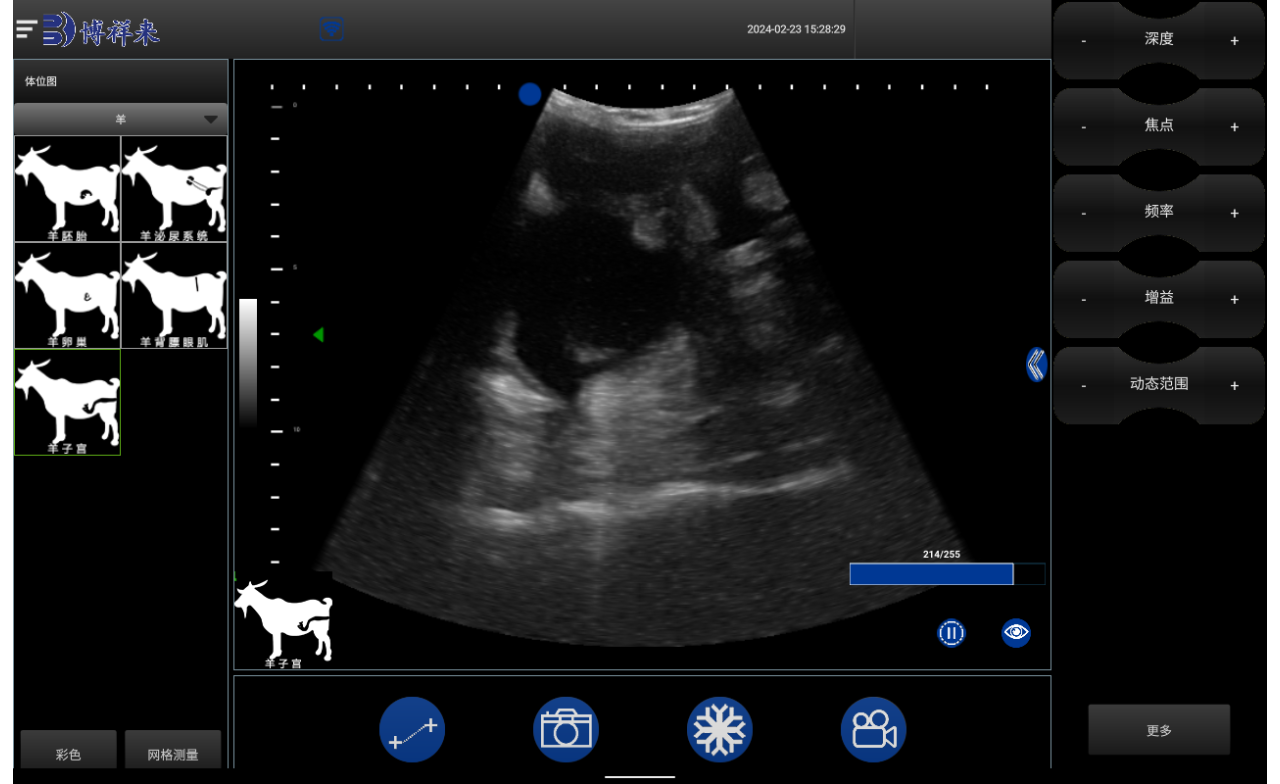To improve the fattening technology of beef cattle, it is important to understand the changes in meat production traits during fattening and clarify the relationship between these changes and pedigree and feeding environment. On the other hand, by utilizing the characteristic of reflection at tissue interfaces with different physical properties during the propagation of cattle using ultrasound machines, the production performance of meat can be determined through non-destructive measurement of the interior of beef cattle during the fattening process, and attempts can be made to measure the thickness of subcutaneous fat, the area of the longest pectoral muscle, and the marble pattern using ultrasound.

Use EVO cow ultrasonic meat quality diagnostic instrument for ultrasonic measurement and obtain diagnostic values. The area of the longest pectoral muscle was used as an indicator of meat yield in carcass traits, and the marble pattern was used as a meat quality indicator for the following tests.
Firstly, place the test cow in an upright position and position the probe approximately 10 centimeters behind the back angle of the cow's scapula. Then, based on the displayed ultrasound image on the screen, move the probe to the appropriate position for measurement. After obtaining a clear image, save the image and proceed with the measurement. The machine has an automatic measurement function.
When moving, first move the probe horizontally relative to the cow's body axis to determine the anterior posterior measurement position. Then, move it vertically from the back to the abdomen relative to the cow's body axis, and record the image at three positions: around the iliopsoas muscle and around the longest pectoralis muscle. When measuring the area around the end of the latissimus dorsi muscle, the probe is slightly tilted and moved along the ribs. Evaluating intramuscular fat content can import images into specialized software for automatic assessment.
In addition, when comparing the correlation between ultrasound measurements at different ages and actual carcass measurements, there was a period of high correlation at the beginning of fattening, but the correlation coefficient remained around 0.6 thereafter. After 22 months of age, the correlation coefficient showed a sharp upward trend, and at 26 months of age, the correlation coefficient exceeded 0.8.
tags: Beef B-ultrasound MachineB-ultrasound Machine


